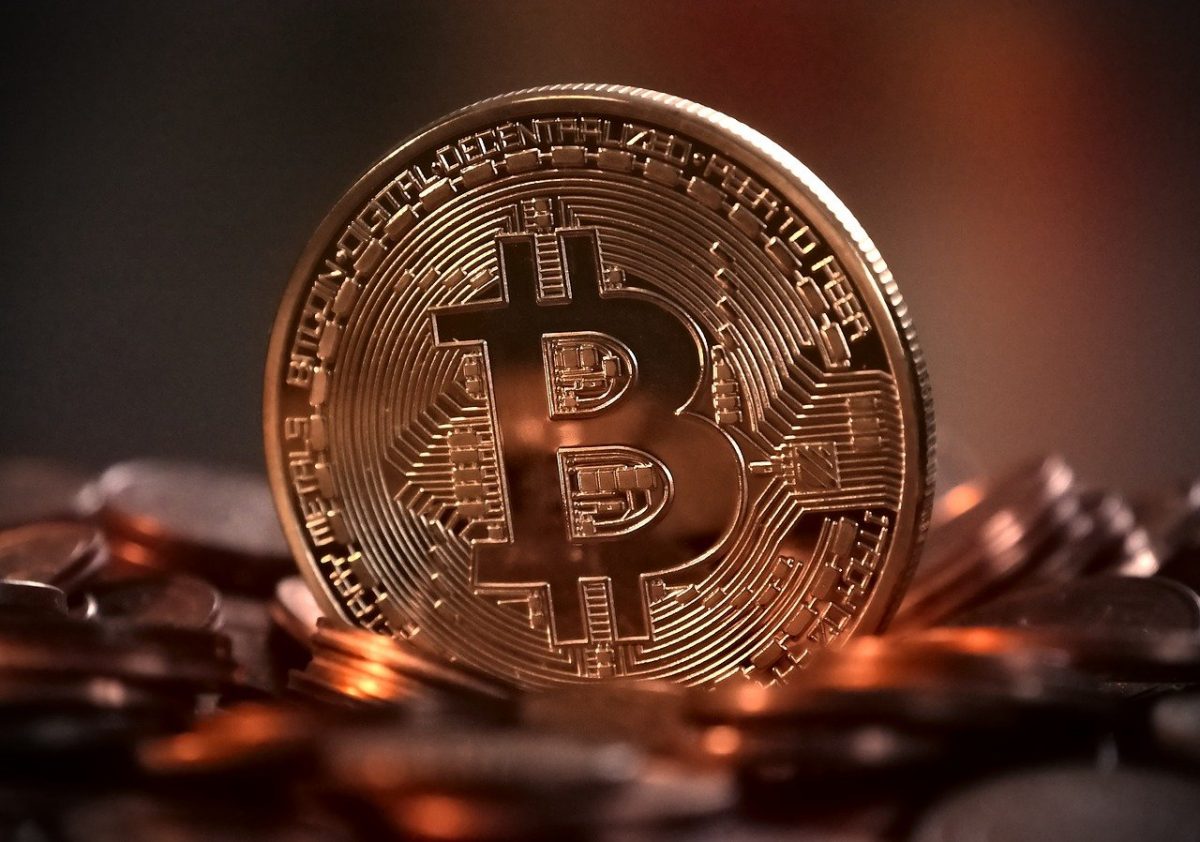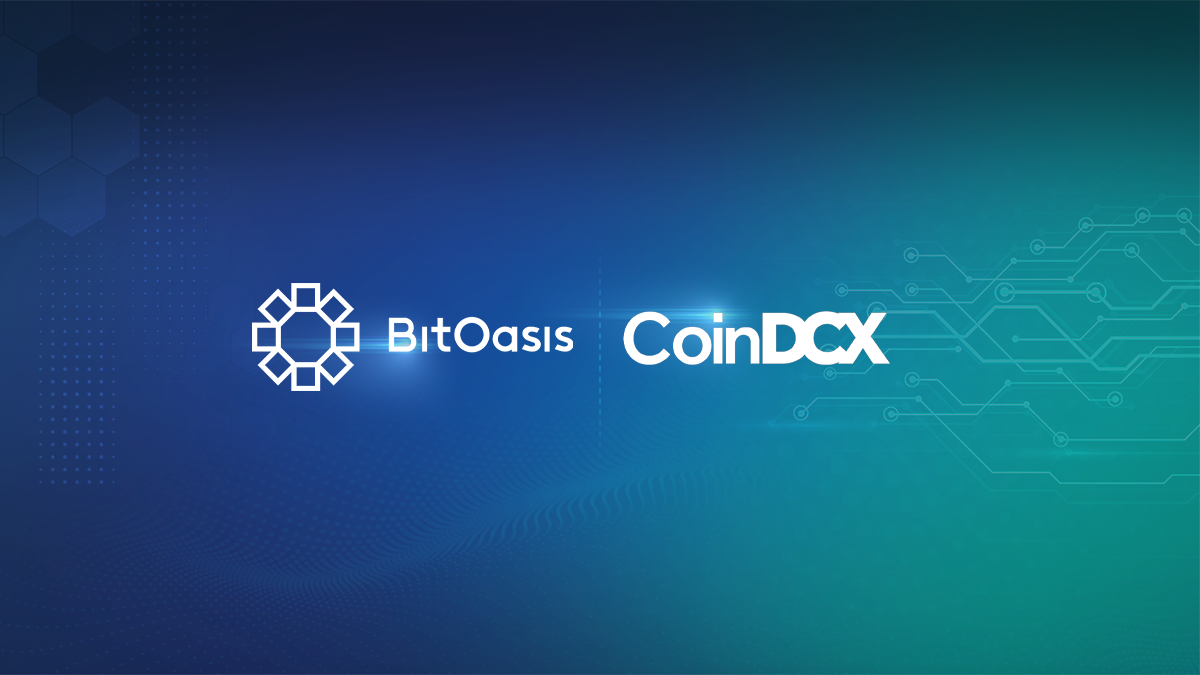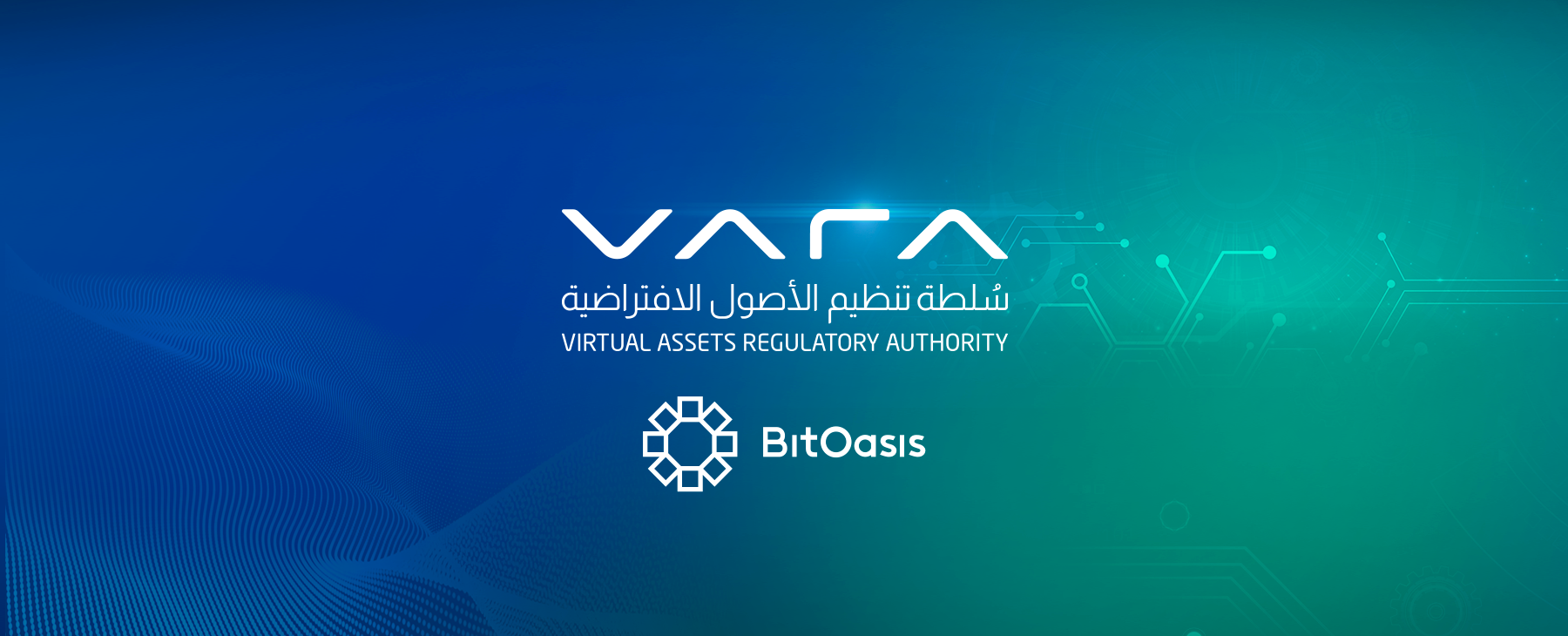From its humble beginning in 2009, Bitcoin has quickly grown to become a favourite among investors. With its recent price surge, it has surpassed gold to become the best performing asset this year. The digital asset’s recovery happened two weeks ahead of a rare event that takes place every four years, or every 210,000 blocks – the Bitcoin halving.
First Things First – What Are Blocks?
The term ‘block’ refers to files that store transactional data. These blocks are arranged in an endless linear sequence that form a chain of blocks, referred to as a blockchain. All information related to blockchain transactions is stored in these blocks, with each block connected to the previous one through the use of cryptography.
The genesis block, or block zero, is the very first block created since a digital asset’s launch; the number of blocks created from the genesis block to date is called the block height.
A block reward, or a block subsidy, is the digital asset rewarded to a miner once they validate a new block successfully.
In Bitcoin’s case, since the circulation of the digital asset is capped to never surpass 21 million, the asset goes through an event called the Bitcoin Halving.
What Is A Bitcoin Halving?
By reducing (halving) the block reward by 50% every 210,000 blocks or roughly every four years, Bitcoin algorithmically ensures that the total circulation will never surpass the cap of 21 million. Historically, this meant that Bitcoin experienced two previous halvings. On May 12, 2020, around 4:00 AM GST, Bitcoin will be experiencing its third halving.
The First Two Bitcoin Halvings
Halving 1 – 2012
The first Bitcoin halving occurred at Bitcoin block 210,000 on November 28, 2012. The block subsidy at the time reduced from 50 BTC to 25 BTC. The daily subsidies, therefore, reduced from 7,200 BTC to 3,600 BTC.
Historically, the Bitcoin market saw a bull run that began in November 2011 and ended in December 2013; the bull run began one year before the first halving and ended one year after it. Post-December 2013, the uptrend reversed, leading to a multi-year Bitcoin bear market with the digital asset experiencing a drawdown of 80%.
Halving 2 – 2016
The second Bitcoin halving occurred at Bitcoin block 420,000 on July 9, 2016. The then-current block subsidy of 25 BTC halved to 12.5 BTC. This meant that the daily subsidies reduced from 3,600 BTC to the current 1,800 BTC.
This time, the bull run began nine months prior to the halving event, unlike the first halving event. Bitcoin hit its peak of nearly $20,000 mid-December 2018, a year and a half after the second halving event. Similar to the first halving event, Bitcoin experienced a drawdown of 80% by the end of December 2018.
The Third Bitcoin Halving
The third Bitcoin halving event is set to occur on May 12, 2020, around 4:00 AM GST, on block 630,000. This means that Bitcoin’s block subsidy will drop by 50% to 6.25 BTC. The daily subsidies will also decrease from the current 1,800 BTC to 900 BTC.
Why Is This Important?
Some speculate that the third Bitcoin halving will be a non-event, while others believe that reduced supply could drive the Bitcoin price upwards.
While it’s hard to attribute a digital asset’s price movements to a particular event, the first and second Bitcoin halving events saw a significant rise in Bitcoin’s price. The lead-up to Bitcoin’s first halving event saw the asset’s price rise from $2 to $12, followed by a brief peak at $266 before it settled in the range of $100.
The lead-up to the second halving event saw the asset’s price rise from $450 to $770, with the price correcting to around $645 by Bitcoin’s second halving day. However, post-halving, the asset experienced a bull run and hit it’s nearly $20,000 peak in December 2017.
Bitcoin’s production rate follows precious metals, where value changes in line with a predetermined supply, and not the other way around. The 50% reduction due to the halving event will see Bitcoin’s annual supply growth rate drop to below 2%.
What Is The Impact On Miners?
The halving event does not just affect supply; miners will also get affected. Miners will immediately undergo a 50% drop in revenue, which means significant pressure on the profitability of mining due to largely fixed operating costs. The mining difficulty will also see an adjustment at around 1,000 blocks after the halving event, which means miners will receive half the revenue for the same amount of work until the difficulty re-adjusts. At the same time, if miners choose to exit, the network could experience a reduced hash rate, i.e. the speed at which a miner is able to mine a block.
What Does This Mean For You?
Although Bitcoin is still a relatively young asset, the halving event is pivotal to Bitcoin’s fiscal policy, and contributes to its attraction factor as a store of value. Regardless of whether an investor believes the third halving event will be a non-event or will lead to a market movement, be it a bear or a bull run, the third halving event is expected to attract a lot of attention to Bitcoin and its market.
At BitOasis, you can buy, sell and trade Bitcoin, or BTC, against the FIAT currency AED, or against other digital assets. For more information on how you can buy Bitcoin, check out our guide.
If you are new to digital asset trading and are looking to trade Bitcoin, check out our Pro guide.
About BitOasis
BitOasis is the largest, most secure, and most liquid digital asset exchange in the Middle East and North Africa (MENA) region, offering over ten (10) digital assets to buy, sell and trade against the UAE Dirham (AED). The BitOasis platform is available to users in the United Arab Emirates (UAE), Saudi Arabia, Bahrain, Kuwait, Oman, Jordan, Egypt and Morocco.
Keep track of all news and updates on our Blog and follow us on our Twitter, Facebook, Telegram, Medium as well as Reddit accounts for the latest updates.
Read More








